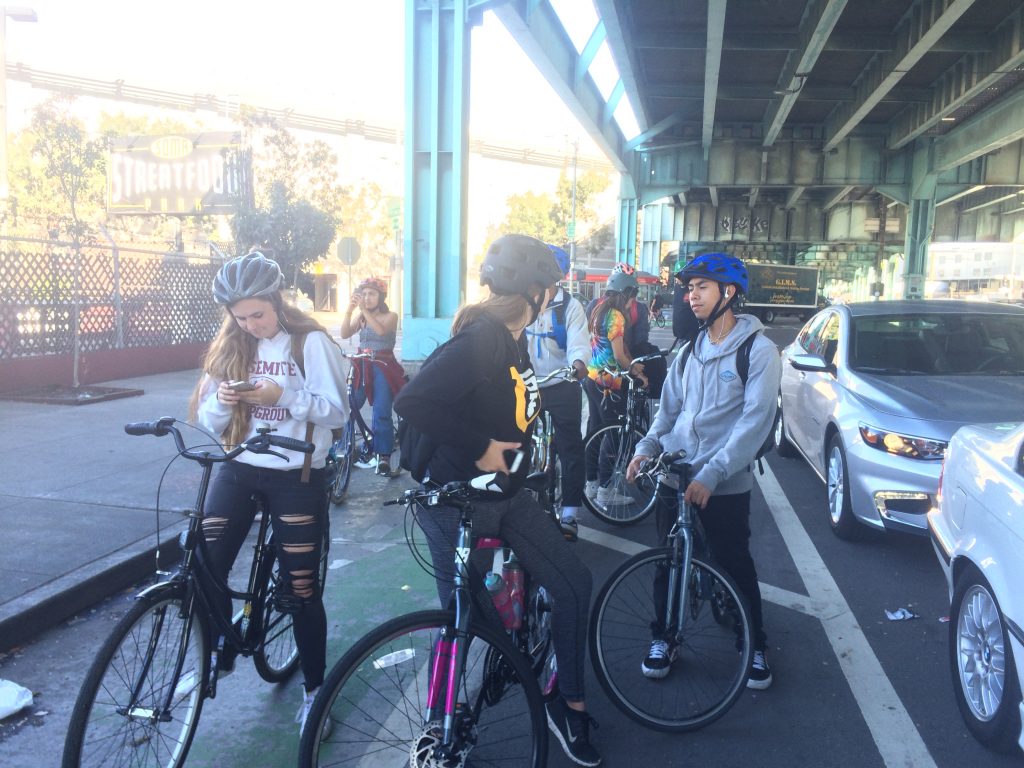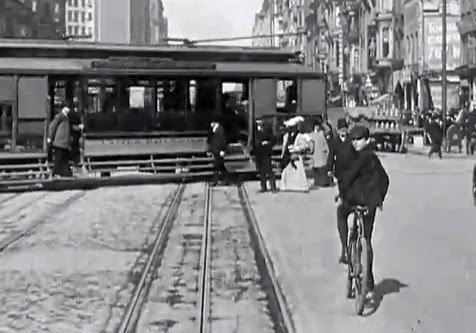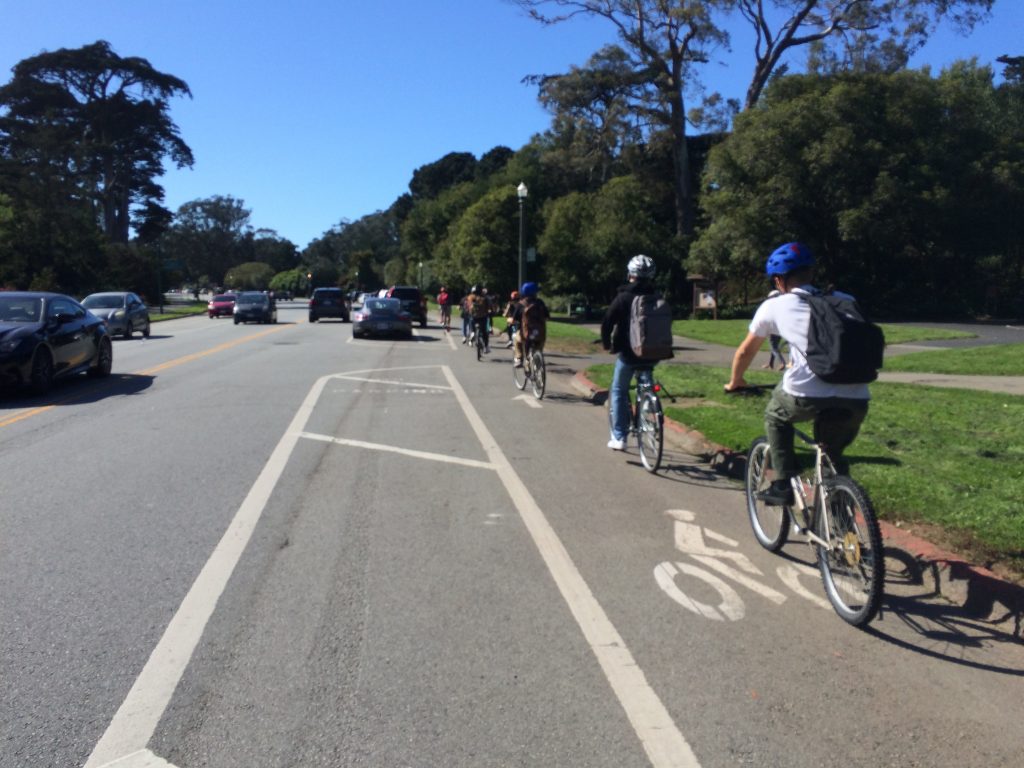On Wednesday, October 11, I attended a forum on bikeways and homelessness in San Francisco. This forum came about because there have been some conflicts between homeless people camping and bicyclist using bikeways, particularly a network of bike paths under the 101 interchange at Cesar Chavez Blvd. Because city and state agencies have cleared encampments and fenced off spaces under many freeways, campers have moved onto bikeways in some areas.
The forum was an attempt by SF Supervisor Hillary Ronen and the San Francisco Bicycle Coalition to educate cyclists about homelessness in San Francisco, and to describe some of the efforts underway to find people housing.
About 60 people attended the event, and we heard from Supervisor Ronen, a Bike Coalition person, two homeless advocates, and a representative of Caltrans, the state transportation agency that maintains the 101 freeway.
I learned that on any given night in San Francisco, there are about 7500 people experiencing homelessness. This number has been holding pretty steady for the past few years, although there has been a rise in visible tent encampments, like the ones we saw on Division St. during our October 3rd expedition.

A few panelists speculated about the rise of tent camps in SF. One person observed that many homeless people used to camp in the Mission Bay area (where we visited Dr. Bauer on October 3rd). But all the new construction in that area has led them to try to find other places to camp.
Supervisor Ronen outlined her efforts to create “Navigation Centers” — a new kind of shelter where people are treated with greater dignity (for example, you can keep your pets with you) and possessions are more respected and secure. One of these centers has opened near the 101/Chavez interchange.
Unfortunately, I had to leave before the end of the panel to get to another event, but it was a great learning experience for me. I feel that I now better understand the reasons for the current situation (as well as solutions underway), and I also have greater empathy for the people experiencing homelessness whom I’ve encountered on bike paths.
More about this issue (and link to video) in this SF Examiner article:
‘Gut-wrenching’ videos of SF bike route populated by homeless spur debate




